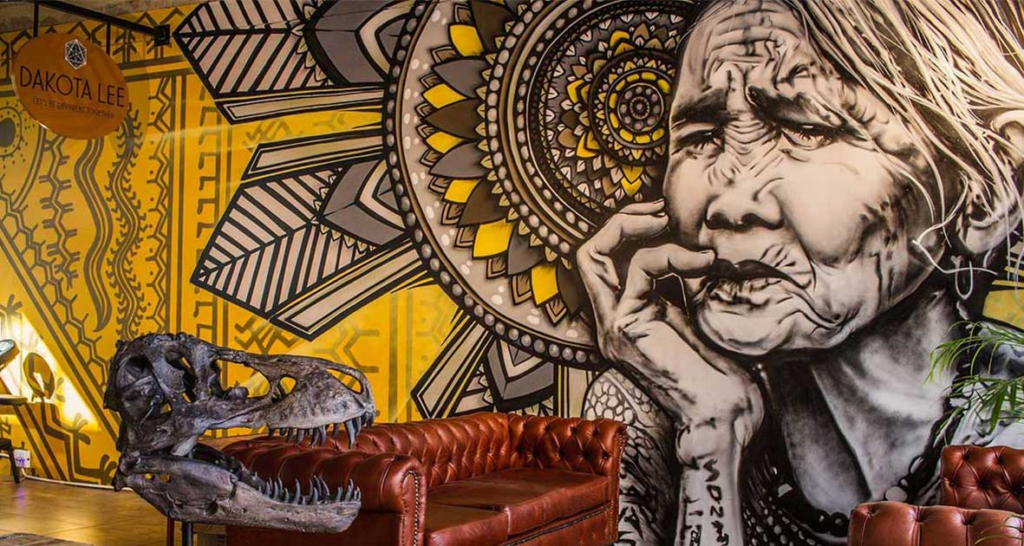
Mural painting is a type of painting that is done on a large scale, usually on the walls of buildings. Murals can be both decorative and functional, serving to enhance the appearance of a space while also providing insulation or soundproofing. Despite their size, murals are often painted by a single artist or a small team working together.
While mural painting has been around for centuries, it has experienced a resurgence in popularity in recent years. This renewed interest has been driven in part by the rise of public art projects, which often incorporate murals. Murals can also be found in private homes and businesses, where they can add personality and charm. If you’re considering commissioning a mural for your own space, read on to learn more about this fascinating art form.
The History of Mural Painting
Mural painting has its roots in ancient times, with some of the earliest examples dating back to cave paintings from the Stone Age. Throughout history, murals have been used as a way to tell stories, record events, and express cultural beliefs. Many early murals were religious in nature, depicting scenes from mythology or scripture. Others depicted daily life or historic events.
During the Renaissance, mural painting experienced something of a Golden Age. Artists like Michelangelo and Leonardo da Vinci created some of the most iconic murals of all time during this period. In more recent history, murals have been used as a form of political statement or social commentary. The 20th century saw an explosion in the number of murals being created, thanks in part to government-sponsored public art programs like the Works Progress Administration in the United States.
Types of Murals
There are two main types of murals: frescoes and trompe l’oeils. Frescoes are made by applying paint directly to wet plaster, resulting in a long-lasting and durable finished product. Trompe l’oeils are paintings that create the illusion of three-dimensional space on a flat surface. They are often used to make small rooms appear larger or to add architectural interest to plain walls.
Frescoes are further divided into two categories: buon frescoes and secco frescoes. Buon frescoes are made by applying paint to damp plaster, while secco frescoes are made by painting onto dry plaster. Secco frescoes are not as durable as buon frescoes and are more likely to crack over time. As such, they are not typically used for large-scale projects.
Choosing a Mural Artist
If you’re interested in commissioning a mural for your home or business, the first step is finding an artist who specializes in this type of work. When interviewing potential candidates, be sure to ask about their experience with mural painting and request examples of their previous work. It’s also important to make sure that you’re on the same page creatively; take some time to look at an artist’s portfolio and get a sense of their style before making your final decision. Once you’ve found an artist whose work you love, you can start planning your project!
A mural is a type of painting that is done on a large scale, usually on the walls of buildings. Murals can be both decorative and functional, serving to enhance the appearance of a space while also providing insulation or soundproofing. Despite their size, murals are often painted by a single artist or a small team working together.









